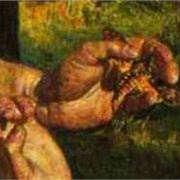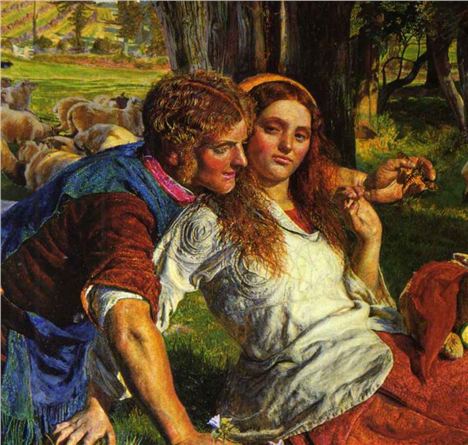“Thus hath the candle singed the moth.
O these deliberate fools! When they do choose,
They have the wisdom by their wit to lose”
(Portia in Shakespeare’s The Merchant of Venice)
ON Saturday 30 June as part of its ongoing Urban Naturalist programme Manchester Museum is inviting people to have a flutter and discover the intriguing world of moths.
The night before, moth experts Phil Rispin and Michael Dockery will be putting out the moth traps ahead of the Saturday workshops, when there will be a chance to discover the breeds of moths living in the city centre.
Last year Cabbage Whites were discovered on The Museum’s allotment and our experts will share top tips on how to identify moths found in Manchester’s gardens and parks.
Moths come in a huge variety of shapes, colours and sizes and are loosely related to butterflies. However, there are around 2,500 species of moth in the UK, whereas there are only 60 species of butterfly. Moths can be found all year round in all locations in woodland, cities and by the sea.
They are one of the most diverse animal groups on the planet and essential to the survival of our eco system. The presence of moths and butterflies provide indicators of healthy environments.
Through the ages, moths and butterflies have been constantly referred to in literature and poetry. There is even a character named Moth in Shakespeare’s A Midsummer Night’s Dream. A symbol of freedom and dreams, they are often used as a cinematic metaphor. memorable examples include Papillion and The Silence of the Lambs.
 Hireling Shepherd MothAnd even in Holman Hunt's Hireling Shepherd picture (above) in Manchester Art Gallery, where the wayward shepherd cups a Death's Head Moth in his hand as he woos his woodland maiden.
Hireling Shepherd MothAnd even in Holman Hunt's Hireling Shepherd picture (above) in Manchester Art Gallery, where the wayward shepherd cups a Death's Head Moth in his hand as he woos his woodland maiden.
The Urban Naturalist programme, practical workshops led by leading naturalists, takes place on the last Saturday of every month.
The workshop will take place at The Manchester Museum on Saturday 30 June from 2pm until 4 pm. Tickets are just £3, to book call 0161 275 2648.















